Introduction
The SAT Math section is a critical component of the SAT exam, designed to evaluate a student’s proficiency in mathematical concepts typically covered through the end of eleventh grade. It plays a significant role in college admissions, as many universities use SAT scores to assess academic readiness and compare applicants.
While the majority of the SAT Math questions are crafted to test foundational skills, a select few stand out as the hardest SAT math questions. These problems often challenge students with complex algebraic reasoning, unfamiliar problem types, or multi-step logic that requires deep comprehension and time management. Their difficulty can stem from abstract phrasing, layered concepts, or traps that lead to common errors.
Mastering these hardest SAT math questions offers substantial benefits. It not only boosts a student’s overall score but also develops critical thinking and analytical skills valuable for college-level coursework. By learning how to approach and solve these challenging problems, students can gain confidence and improve their performance across the entire math section.

Understanding What Makes a Math Question Hard
When discussing the hardest SAT math questions, it's important to understand what actually makes a problem difficult. Difficulty on the SAT can come from a combination of mathematical complexity and psychological pressure.
Types of Difficulty
Conceptual complexity involves understanding abstract or advanced concepts that go beyond rote memorization. For example, a question requiring knowledge of function transformations or systems of equations can become especially challenging if the underlying concept isn't fully grasped.
Multi-step reasoning means the problem can't be solved in a single calculation. Students may need to perform several operations in sequence, each relying on the result of the previous step. This often increases the chance of error and demands a higher level of focus and planning.
Clever traps and distractors are common in the hardest SAT math questions. These are answer choices designed to reflect common mistakes, such as forgetting a negative sign or misapplying a formula. Recognizing these traps requires vigilance and a strong understanding of test-taking strategies.
Unfamiliar formats or wording can confuse students even if the math itself isn't complex. The SAT may present a problem in an unusual way, using variables or phrasing that students haven't seen in practice problems. This forces test-takers to slow down and interpret the question carefully.
Psychological Barriers
In addition to mathematical difficulty, test anxiety and time pressure can make even straightforward problems seem insurmountable. The ticking clock can cause panic, leading to rushed work or skipped steps.
Overthinking simple problems is another common issue. On hard exams like the SAT, students sometimes assume every question must be complex and end up layering unnecessary steps onto basic problems.
Finally, misinterpreting the question stem or variables can derail the entire problem-solving process. A misread variable or misunderstood prompt often leads to selecting an incorrect answer, even if the math was correctly executed. This reinforces the importance of careful reading on the SAT math section.
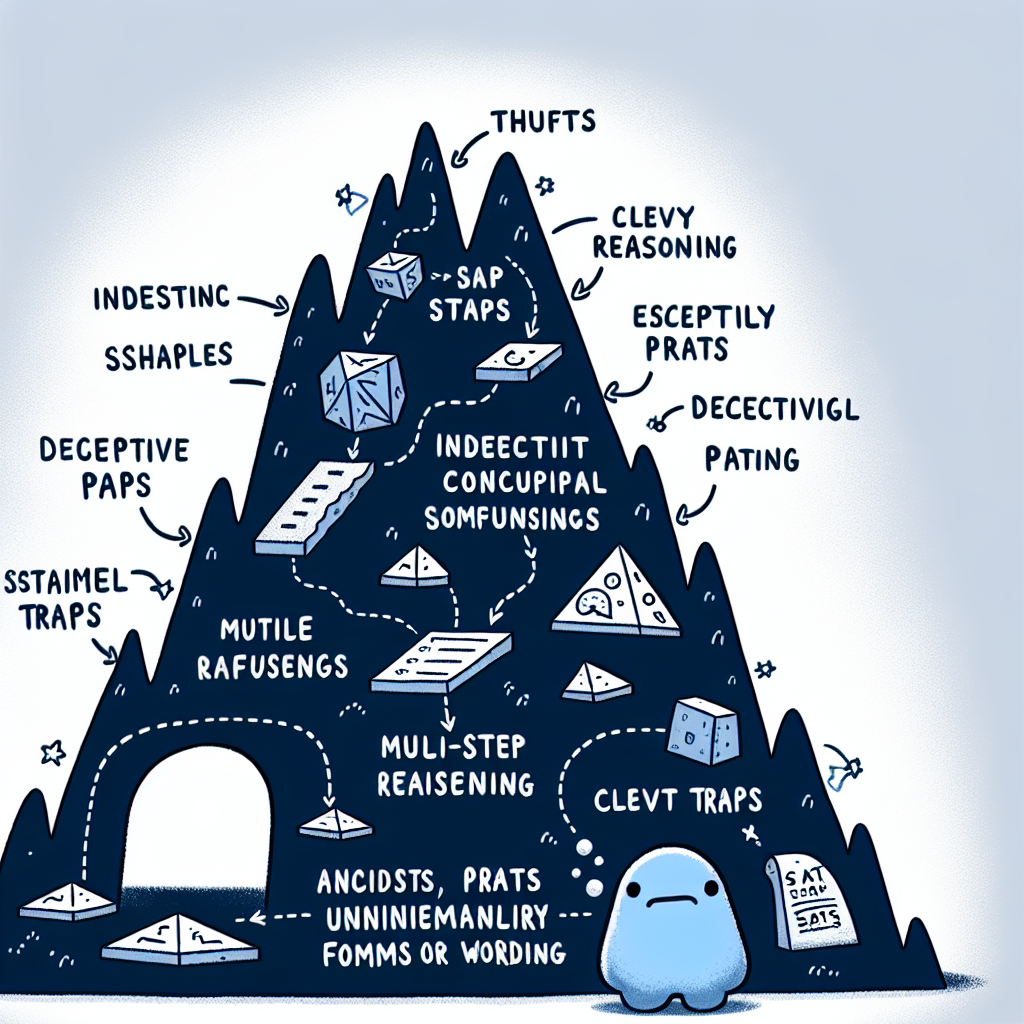
Data-Driven Insights into Commonly Missed Questions
What the Numbers Say
When analyzing the hardest SAT math questions, data from The College Panda reveals distinct patterns. The site compiles questions based on student response rates, highlighting those with the lowest percentage of correct answers. These are often the hardest SAT math questions because they test nuanced understanding or combine multiple concepts in a single problem.
One trend is the frequent appearance of advanced algebra topics like functions and systems of equations. Geometry concepts, particularly those involving circles and coordinate geometry, also tend to appear more often in the most-missed category. These topics often require multiple steps and an ability to translate verbal information into mathematical expressions.
Incorrect answer patterns show that many students struggle with distractors—options that reflect common calculation mistakes or misinterpretations of the question. This suggests that difficulty often arises not just from the math itself, but from how questions are worded and structured.
Real Examples of High-Miss Problems
According to Business Insider, some of the hardest SAT math questions involve interpreting word problems and applying concepts like percent change and exponential growth. These question types often trip up students because they require a clear grasp of mathematical relationships and the ability to decode complex scenarios.
For example, one high-miss question asks students to determine the final value of an item after multiple successive percentage increases and decreases. Another involves interpreting a growth rate given in a word problem and translating it into the correct exponential expression. These problems are challenging because they test both conceptual understanding and precise execution, making them some of the hardest SAT math questions encountered by test-takers.
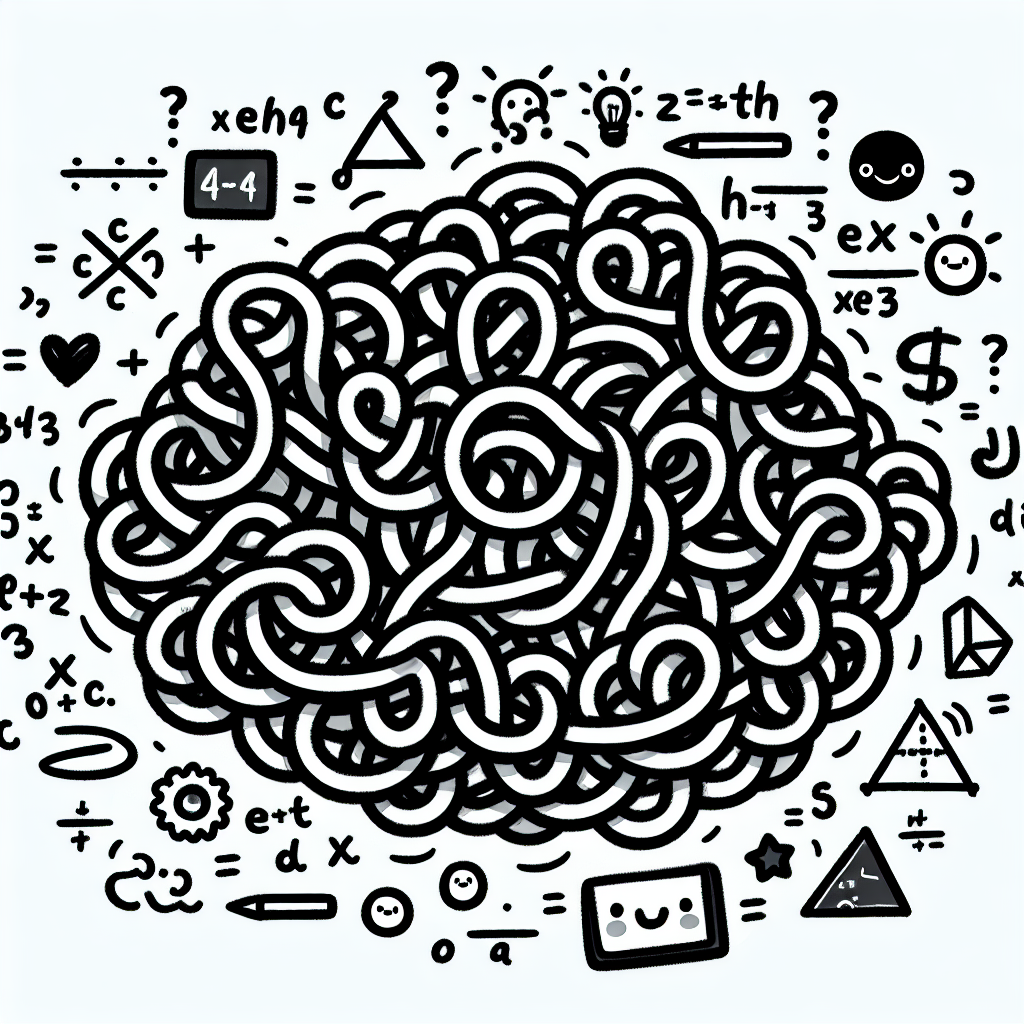
Notable Case Study: When the Test Gets It Wrong
The Infamous Problem with No Right Answer
One of the most talked-about examples of the hardest SAT math questions is a flawed problem featured in a 2019 SAT exam, as reported by Popular Mechanics. The question was intended to test students’ understanding of complex numbers—a topic that often appears in the most difficult portions of the SAT Math section.
However, the problem sparked widespread confusion due to its ambiguity. It asked students to simplify an expression involving complex numbers, but the answer choices did not match any of the valid simplifications. Mathematicians and educators quickly pointed out that the question lacked a correct answer based on standard mathematical interpretation. This error turned the question from difficult to unsolvable in the context of the given options.
The incident illustrates how even standardized tests can include mistakes, particularly when crafting the hardest SAT math questions. For students, the key lesson is to stay calm and analytical when faced with a confusing problem. If no answer seems correct, it’s important to choose the best possible option and move on, rather than letting uncertainty disrupt performance on the rest of the test.
This case serves as a reminder that while the SAT is designed to be rigorous, it is not infallible. Understanding how to approach ambiguity is an essential skill for navigating the most challenging aspects of the exam.
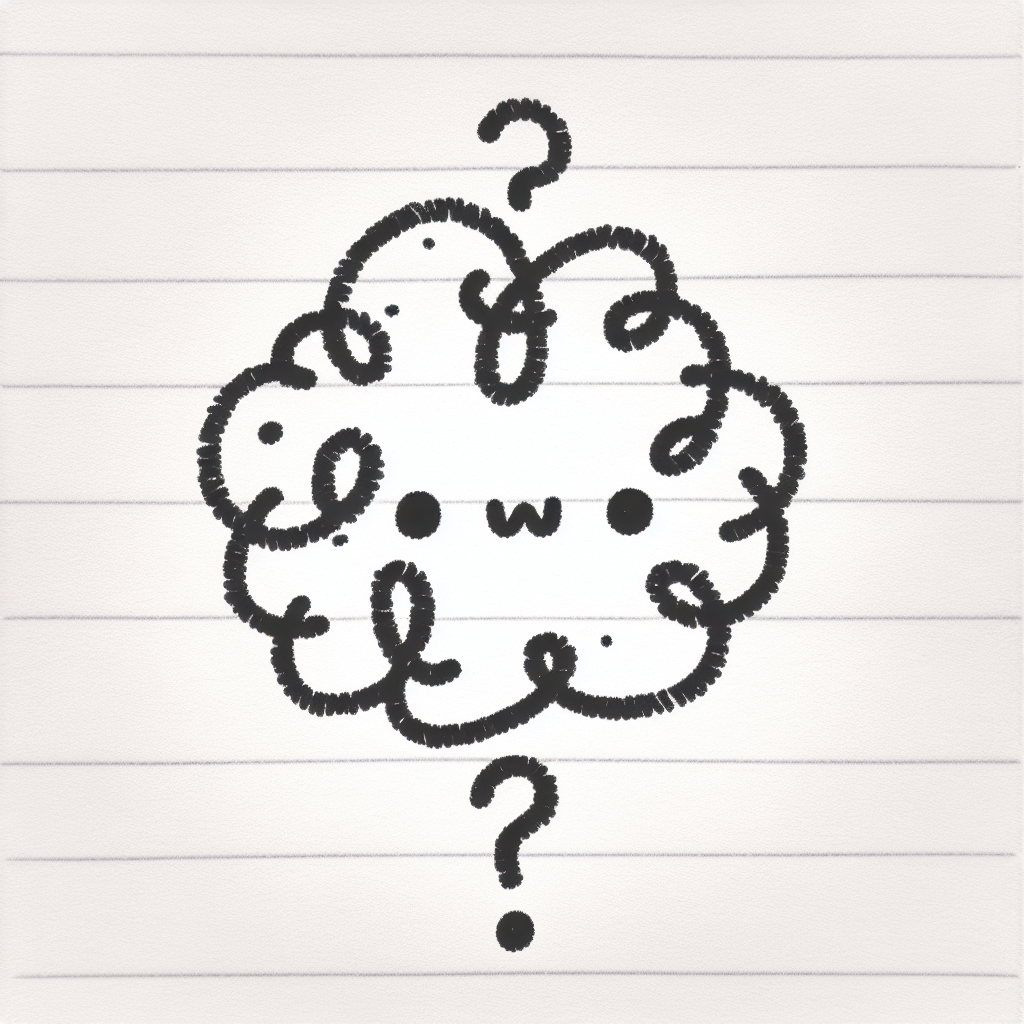
Thematic Breakdown of the Hardest SAT Math Topics
Algebra and Advanced Algebra
Some of the hardest SAT math questions fall under Algebra and Advanced Algebra, especially those involving systems of equations with parameters. These questions require solving for variables that are not explicitly defined, testing a student's ability to manipulate abstract expressions. Another challenging area is quadratic functions, particularly when factoring traps are used. These traps often involve distractor answers that appear correct if a student makes a common algebraic error, such as incorrect application of the zero-product property.
Problem Solving and Data Analysis
This category often includes complex word problems that demand multi-step reasoning. The hardest SAT math questions here involve interpreting dense or tricky scenarios where relevant information is embedded in unconventional formats. Ratios, rates, and proportional reasoning can also appear in non-standard ways, requiring students to translate real-world contexts into mathematical models accurately. These questions test a student's skill in identifying the core mathematical relationships within a problem.
Passport to Advanced Math
Function notation and manipulation are frequently tested in this domain, especially in forms that require evaluating composite functions or rewriting functions in equivalent forms. Students may also face non-linear equations and inequalities that involve exponents, radicals, or variables on both sides, increasing the complexity. The hardest SAT math questions in this area demand a deep understanding of algebraic structure and fluency in symbolic manipulation.
Geometry and Trigonometry
In geometry, circle theorems and inscribed angles often appear in challenging problems, particularly those that combine multiple theorems or require indirect reasoning. Trigonometry questions can involve trig identities or applications of the unit circle, which are especially difficult when students are required to recall and apply specific angle values or transformations. These topics are less common but are among the hardest SAT math questions when they do appear.
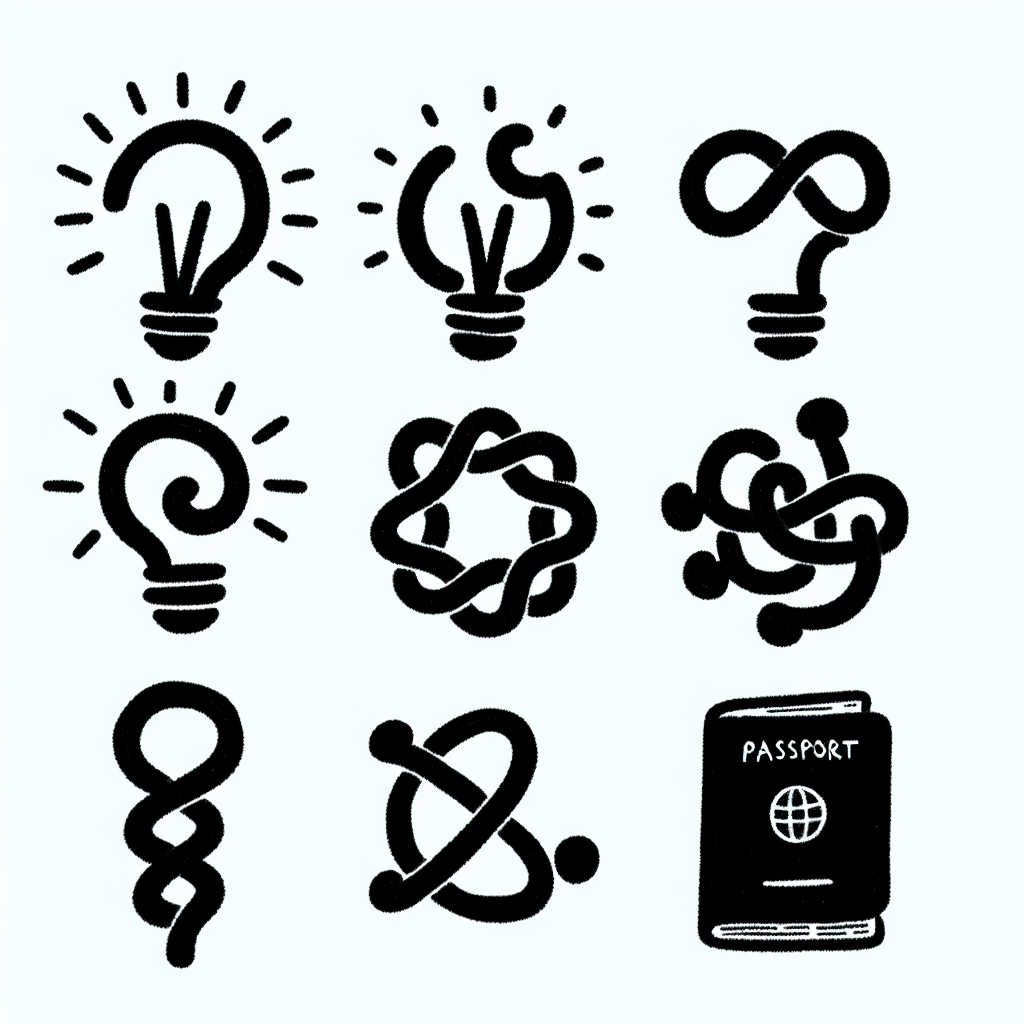
Analysis of Common Misconceptions
Misreading the Question
One of the most frequent issues students face on the hardest SAT math questions is misreading the problem. This often involves skipping over key modifiers such as "not," "least," or "approximate," which can completely change the nature of the question. Ignoring units is another common error. For instance, a problem might provide distances in meters but ask for an answer in centimeters, and failing to convert properly leads to incorrect results.
Misinterpreting graphs and diagrams is equally problematic. Students sometimes overlook axis labels or fail to recognize what a particular slope or point represents. In complex graphs, assuming linear relationships when the graph is nonlinear can also lead to mistakes.
Faulty Algebraic Reasoning
Faulty algebraic reasoning is another major stumbling block on the hardest SAT math questions. A common error is incorrect distribution, such as failing to apply the distributive property to all terms, especially when dealing with negative signs or variables in parentheses. For example, distributing -3 across (x + 2) and writing -3x + 2 instead of -3x - 6 is a typical mistake.
Another issue is confusing inverse operations. Students may add when they should subtract, or divide when they should multiply. These mistakes often occur in multi-step problems where keeping track of operations is critical.
Over-reliance on Calculator
While calculators are allowed on certain sections of the SAT, over-reliance on them can be detrimental, especially on the hardest SAT math questions. Some problems are designed to be solved more efficiently by hand. For instance, simplifying fractions, factoring, or recognizing patterns can be done much faster manually.
Calculator misuse can also lead to mistakes. Entering expressions incorrectly or relying on the calculator to interpret a question's logic can cause students to arrive at wrong answers. Understanding when to use mental math or estimation versus the calculator is essential to managing time and accuracy.
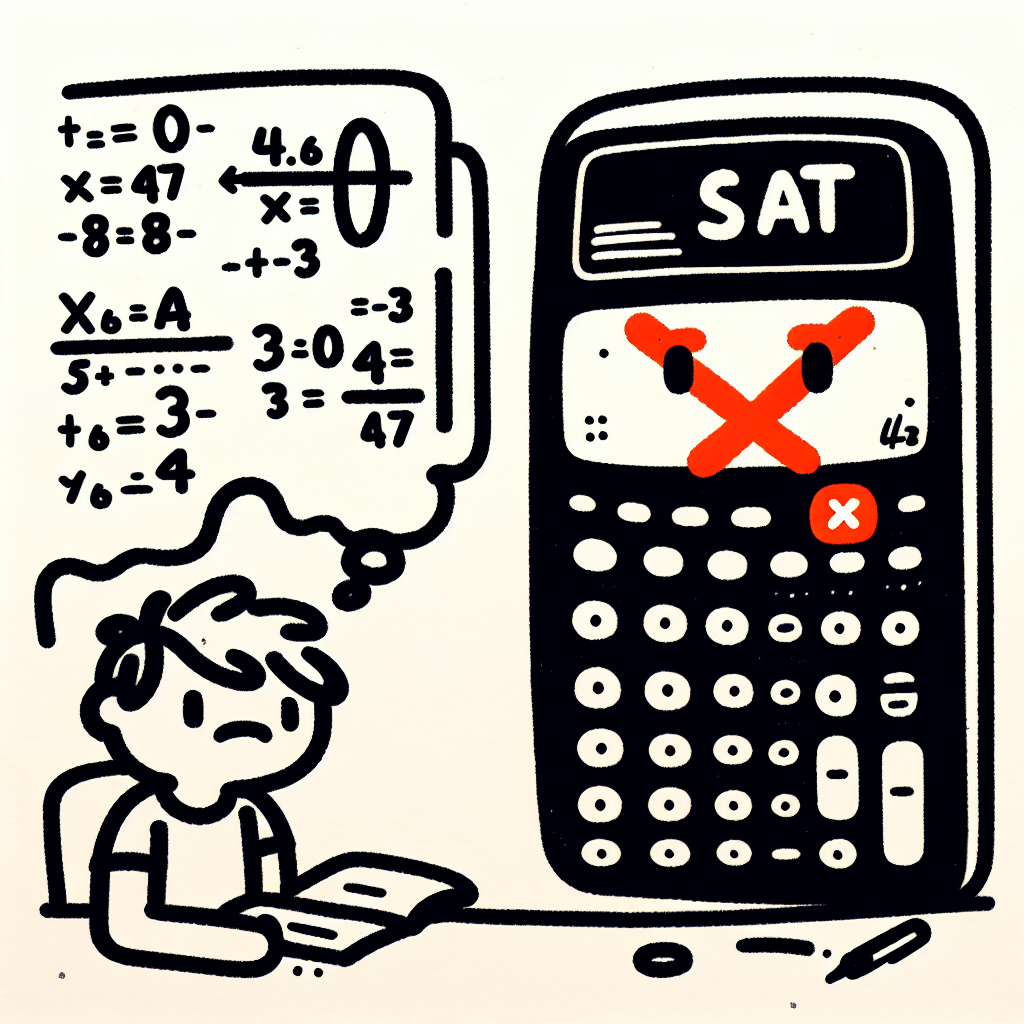
Strategic Approaches to Tackle the Toughest Questions
General Test-Taking Strategies
When facing the hardest SAT math questions, effective strategy can be just as crucial as content knowledge. Pacing is key—students should recognize when a problem is taking too long and make a conscious decision to skip it and return later. This ensures that time is distributed efficiently across all questions.
Estimation and back-solving are powerful tools. Estimation helps eliminate implausible answer choices quickly, while back-solving—plugging in answer choices to see which one fits—can be especially useful for algebraic problems. Likewise, plugging in values systematically turns abstract variables into concrete numbers, making it easier to visualize and solve the problem.
Conceptual Mastery over Memorization
The hardest SAT math questions often test a student’s understanding more than their ability to recall formulas. As highlighted by the Schoolhouse Blog, success lies in grasping the logic behind solutions rather than memorizing steps. Students who develop mathematical intuition are better equipped to adapt their knowledge to unfamiliar problems.
Understanding underlying principles enables test-takers to approach questions flexibly, applying core concepts in novel ways. This depth of understanding is what differentiates high scorers on the SAT math section.
Pattern Recognition
Identifying recurring problem templates is another essential skill for handling the hardest SAT math questions. Many difficult problems are variations of standard types. Recognizing these templates allows students to apply known strategies quickly.
Additionally, being aware of common traps and distractors is crucial. The SAT often includes answer choices that reflect common mistakes or misinterpretations. Recognizing these can help students avoid errors and choose correct answers with greater confidence.
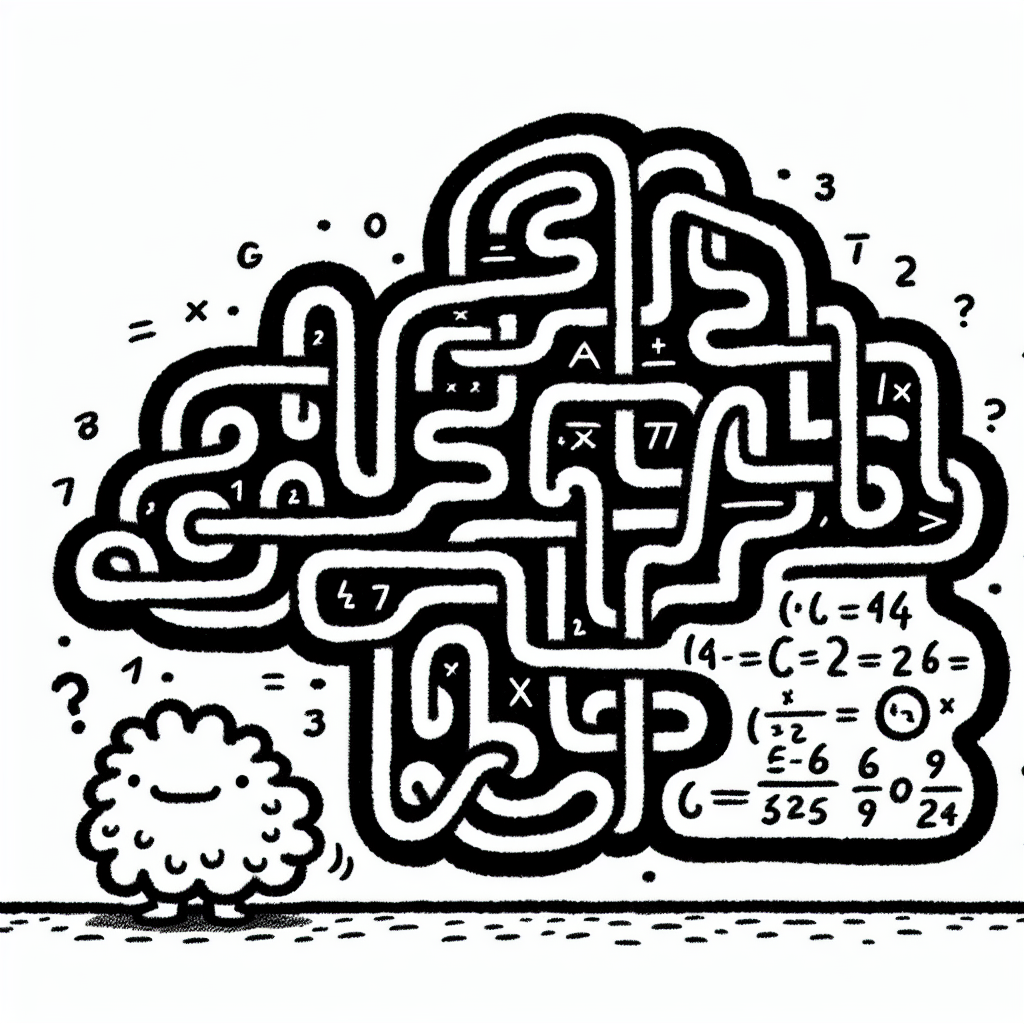
Practice Makes Perfect: Problem Walkthroughs
Top 10 Hardest Questions Dissected
To master the hardest SAT math questions, it helps to unpack them thoroughly. Prep Expert has identified some of the most challenging problems students face. Here’s a breakdown of a few:
Problem 1: A Complex System of Equations
Given ( 3x + 2y = 14 ) and ( 5x - y = 7 ), solve for ( x ) and ( y ).
Step-by-step:
- Multiply the second equation by 2: ( 10x - 2y = 14 ).
- Add to the first equation: ( 3x + 2y + 10x - 2y = 14 + 14 ).
- Simplify: ( 13x = 28 ), so ( x = \frac{28}{13} ).
- Substitute back to find ( y ).
Key takeaway: Always look for opportunities to eliminate a variable by aligning coefficients.
Problem 2: Word Problem Involving Distance
A car travels at 60 mph for ( t ) hours and then at 40 mph for 2 hours. If the total distance is 280 miles, what is ( t )?
Solution:
- Use the formula ( d = rt ).
- First leg: ( 60t ), second leg: ( 40 \times 2 = 80 ).
- Total: ( 60t + 80 = 280 ) → ( 60t = 200 ) → ( t = \frac{10}{3} ).
Common mistake: Forgetting to multiply time and rate in the second segment.
Guided Solutions for Skill Building
Tackling the hardest SAT math questions requires not just practice, but guided technique. Two helpful strategies are substitution and elimination:
- Substitution: Useful when one equation is easily solvable for a variable. For example, if ( y = 2x + 1 ), plug directly into the second equation.
- Elimination: Best used when equations can be aligned to cancel out a variable, as shown in Problem 1 above.
Visualization also plays a major role:
- Sketching diagrams: For geometry or word problems involving shapes, a quick sketch can clarify relationships and help identify missing pieces.
- Labeling figures: Always mark known values and angles to avoid confusion.
These methods not only simplify complex problems but also reduce careless errors—an essential skill when facing the hardest SAT math questions.
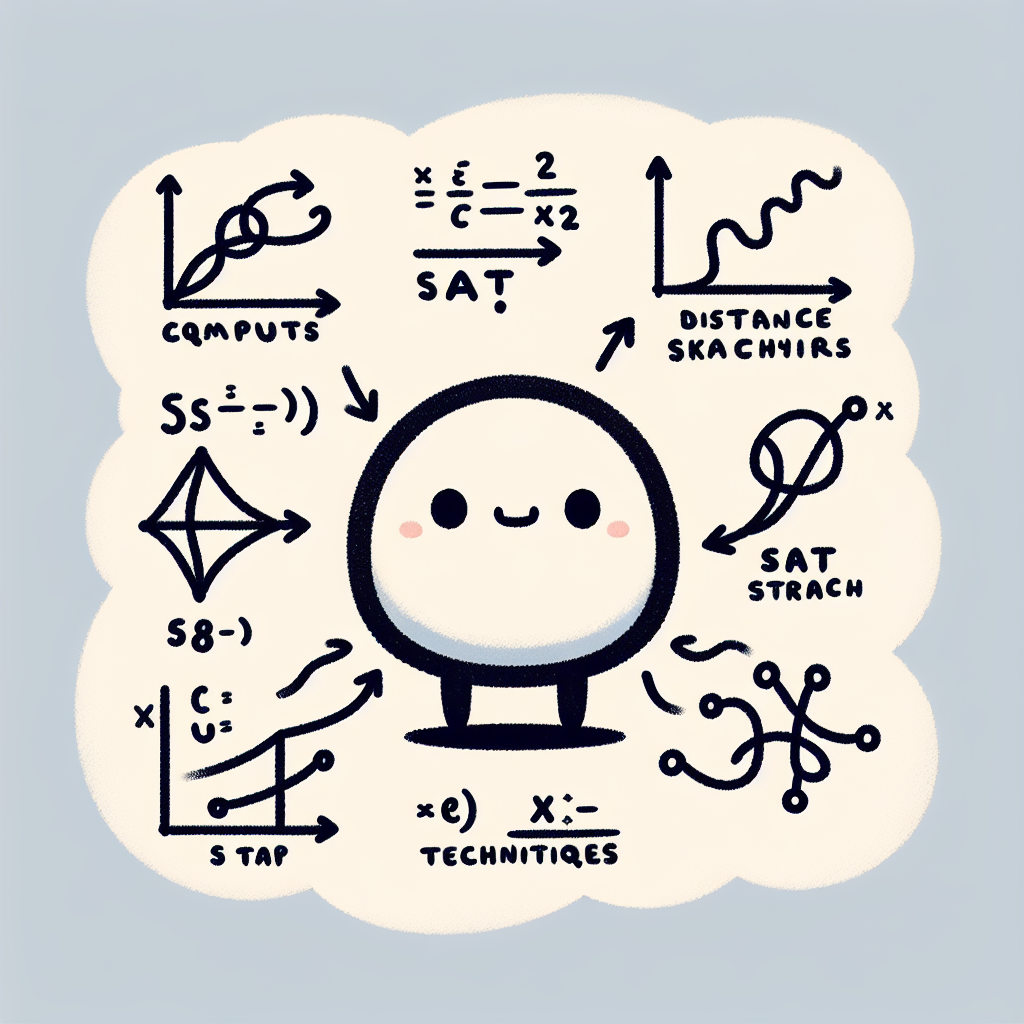
Conclusion: Turning Weaknesses into Strengths
When it comes to tackling the hardest SAT math questions, progress begins with reflective practice. Reviewing missed problems and identifying patterns in your mistakes allows you to understand where your weaknesses lie and how to address them. Instead of simply redoing problems until you get the right answer, take time to ask yourself why the correct solution works and what led to your original misunderstanding.
Embracing difficult problems as opportunities for growth can shift your mindset. The hardest SAT math questions are designed to challenge your reasoning and adaptability—not just your memorization skills. By confronting these problems with persistence and curiosity, you build the mental flexibility needed for success on test day.
Finally, focus on understanding over correctness. Getting the answer right is only part of the goal; knowing why it’s right and how to apply similar strategies to new problems is what truly strengthens your math skills. This deeper comprehension is what turns weaknesses into lasting strengths.
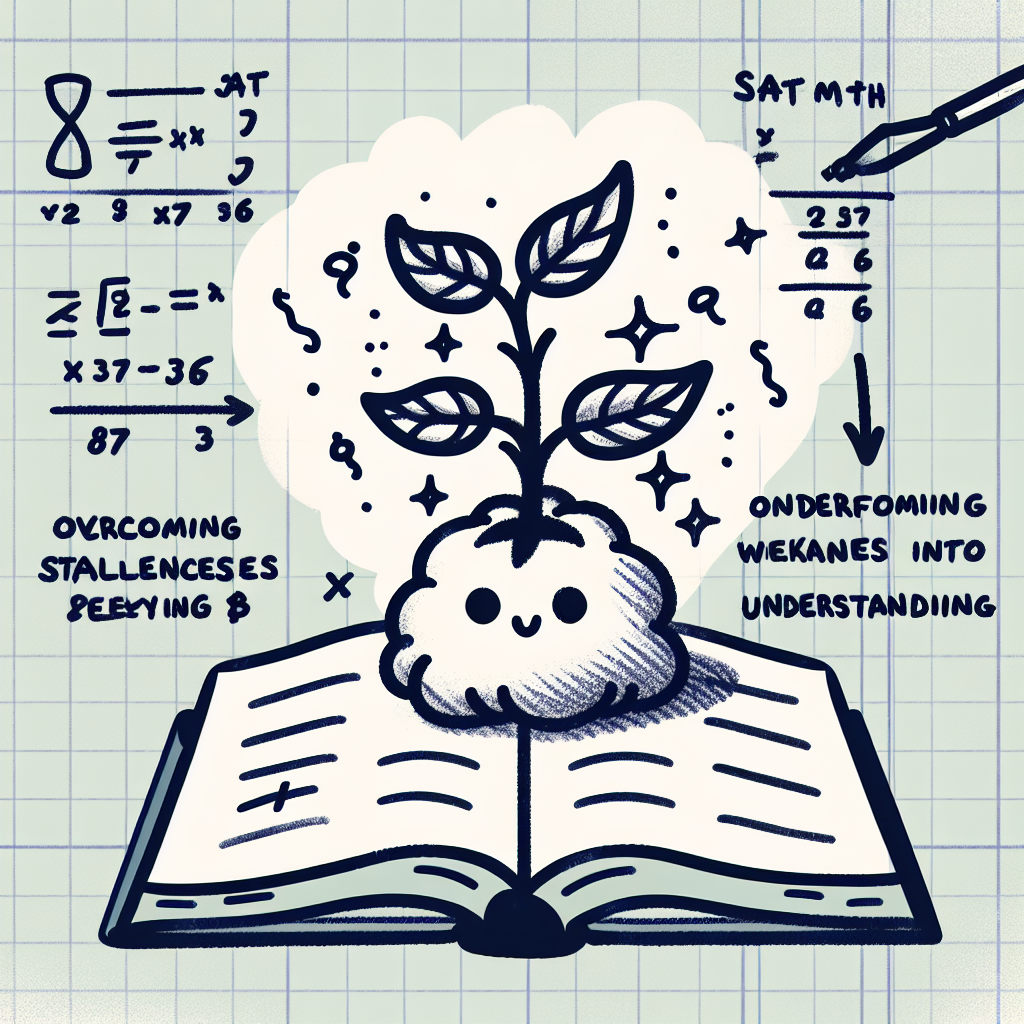
Additional Resources
For students looking to further challenge themselves and gain a deeper understanding of the hardest SAT math questions, the following resources offer valuable insights and practice problems:
- Business Insider: Hard SAT Math Questions – A curated list of difficult SAT math problems with explanations to help test your skills.
- Schoolhouse Blog: Conquering the Hardest SAT Math Questions – Offers strategies and mindset tips for approaching the most challenging math problems on the SAT.
- The College Panda: Hardest Official SAT Math Questions – An in-depth analysis of real SAT math questions ranked by difficulty and student performance.
- Popular Mechanics: College Board Gets SAT Math Problem Wrong – Covers a controversial SAT math question and highlights the complexity that can arise even in official materials.
- Prep Expert: Top 10 Hardest SAT Math Questions – A top-ten list of the most difficult math questions from the SAT, complete with solutions and explanations.
These resources can be instrumental in helping students prepare for the hardest SAT math questions by exposing them to various problem types and solution strategies.













